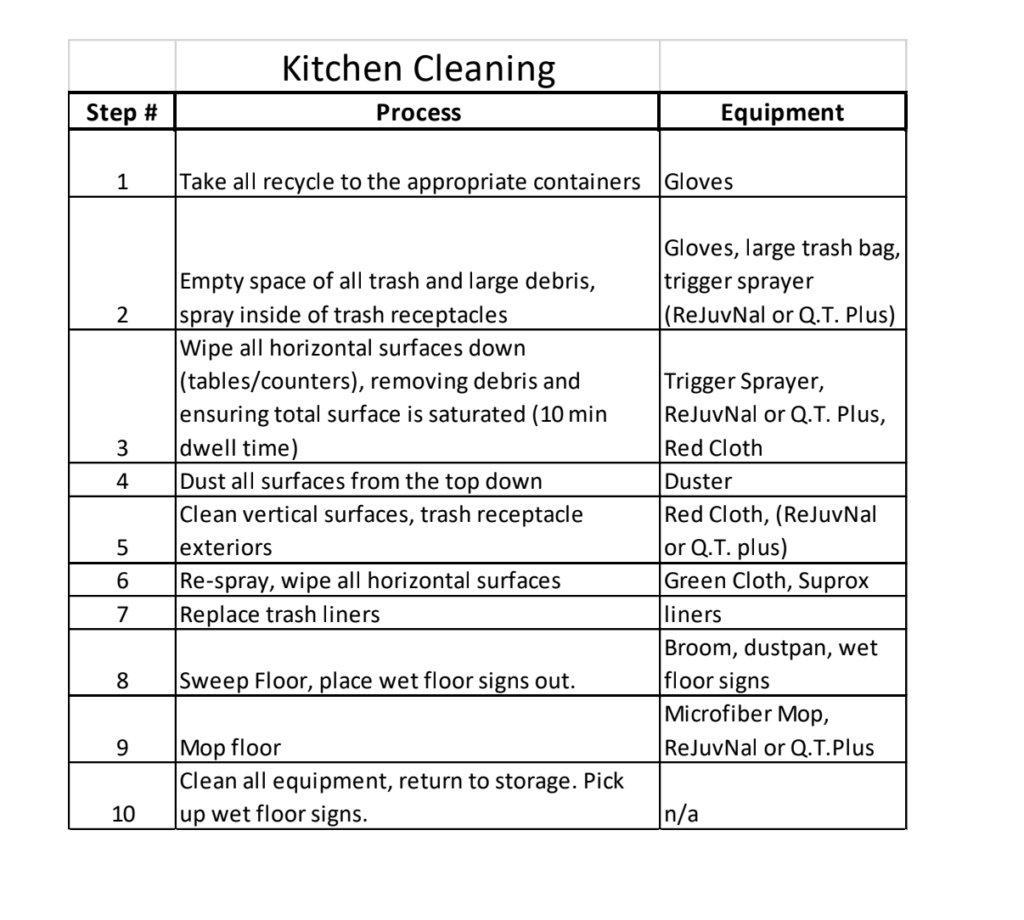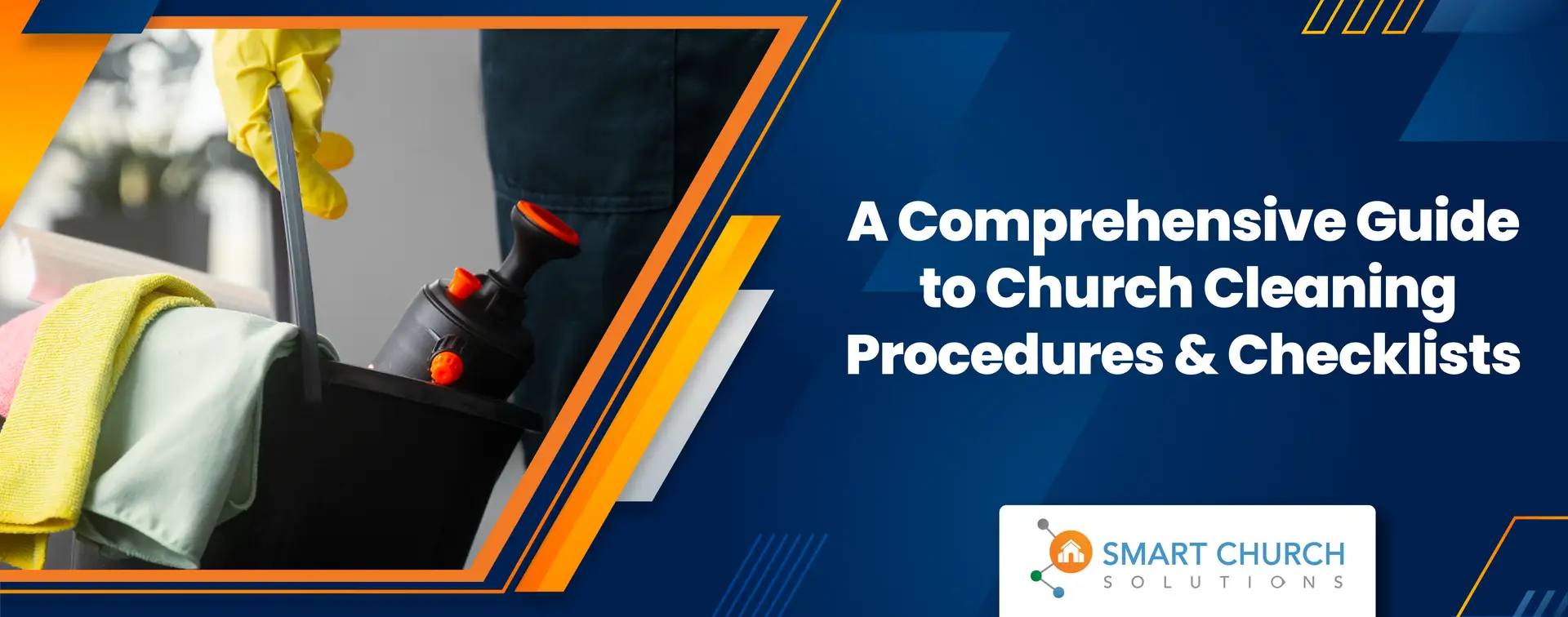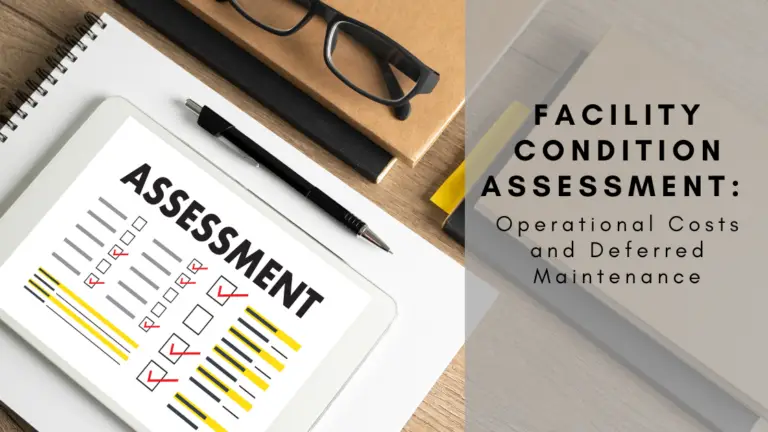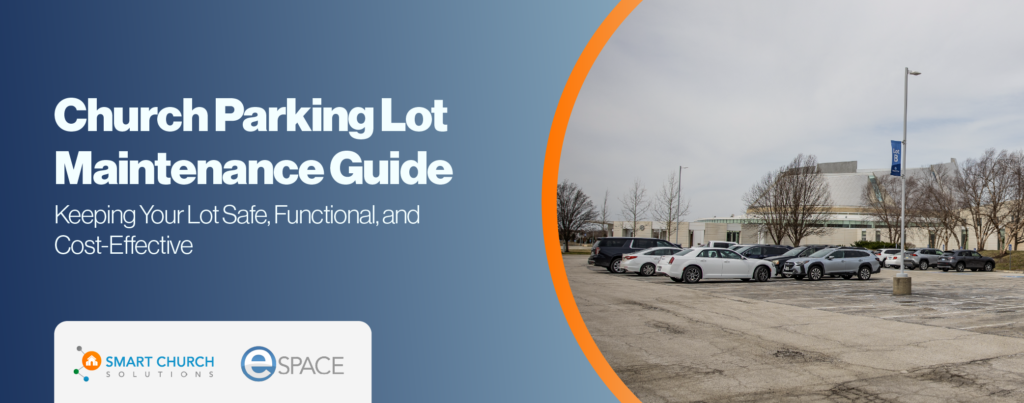Cleanliness in a church reflects respect and care for the congregation and is critical to health and safety. Whether you manage a small chapel or a large worship center, developing—and consistently following—cleaning procedures is vital.
Therefore, we created the following guide to walk you through essential steps and best practices for maintaining a clean and welcoming church environment.
Simplifying Cleaning with Proper Procedures
Importance of Simplicity and Repetition
The cornerstone of an effective cleaning strategy is the development of simple, repeatable procedures. Establishing clear and manageable steps ensures every space within your church is cleaned efficiently and thoroughly.
In turn, this approach minimizes confusion and ensures consistency, regardless of the space or the person doing the cleaning.
Top-Down Cleaning Philosophy
Adopting a top-down cleaning approach ensures that debris and dust move downwards during the cleaning process, culminating in floor cleaning. Starting with dusting at ceiling level and moving down to furniture and lower fixtures prevents recontamination of cleaned areas. This simple yet methodical approach streamlines the cleaning process and guarantees comprehensive coverage.
The Core Cleaning Checklist
General Classroom and Office Cleaning
For general areas such as classrooms and offices, a basic yet effective cleaning procedure includes:
- Emptying and disinfecting trash cans: Begin with removing trash and thoroughly disinfecting the cans to prevent odors.
- High dusting: Address all high surfaces, including light fixtures and air vents, to eliminate dust.
- Spot cleaning walls and boards: Clean any marks on walls, whiteboards, or chalkboards.
- Disinfecting tables and surfaces: Apply a disinfectant to all tabletops and let the product remain wet on the surface for the required time before wiping down. Remember to rinse surfaces to remove any chemical residue.
- Floor care: Finish with sweeping, mopping, or vacuuming the floor, ensuring it’s free of debris and stains.
- Restocking and resetting: Replace trash can liners and ensure the room is ready for its next use.
Pro tip to keep your cleaning procedures efficient with accurate records.
A Facility Data Sheet helps you inventory spaces and equipment, making it easier to identify the areas that need your attention and stick to your cleaning procedures. Download a free copy of the Facility Data Sheet here!
5 Cleaning Checklists to Download
Download all of Nathan’s church cleaning checklist by visiting this link. This includes Restroom cleaning, general surface cleaning, Floor cleaning, Kitchen cleaning and body fluid cleaning. Download Now!

Special Considerations for Food Areas and High-Touch Surfaces
When cleaning areas with food preparation surfaces or high-touch areas like doorknobs and light switches, special care must be taken to disinfect and sanitize effectively. This includes using appropriate cleaners for food surfaces and ensuring that disinfectants are used correctly to prevent the spread of germs.
Frequency and Scheduling of Cleaning Tasks
Determining Cleaning Frequency
The frequency of cleaning tasks depends on the space’s utilization. For example, someone should be cleared in high-traffic areas and rooms used for children’s activities or food service after every use.
For less frequently used spaces, cleaning can be scheduled based on activity levels, ensuring that all areas are maintained properly.
Streamlining Tasks with Community Involvement
Encouraging shared responsibility among church staff and volunteers can significantly ease the burden on cleaning teams. Simple strategies, such as communal trash areas for office waste or providing cleaning supplies for individual office upkeep, can maintain cleanliness and reduce work for custodial staff.
Leveraging Technology for Efficient Cleaning Management
Utilizing eSPACE for Task Management
Implementing a digital tool like eSPACE for work order and asset management can revolutionize your church’s approach to cleaning. By assigning specific tasks to staff or volunteers and scheduling recurring cleaning activities, eSPACE ensures that nothing is overlooked and that all areas of your church receive the required attention.
Want to dive deeper into how eSPACE can keep your cleaning schedules on track? Check out our blog on task management for tips to ensure every corner of your facility gets the attention it needs.
Setting Expectations and Ensuring Accountability
Clear communication of cleaning standards and expectations, supported by a robust management tool like eSPACE, fosters a culture of accountability and shared stewardship. This collaborative approach keeps your church clean and builds a sense of community and collective responsibility.
Conclusion: Creating a Clean and Welcoming Church Environment
Establishing straightforward, repeatable cleaning procedures and embracing a collaborative approach to facility maintenance can help churches maintain a clean, healthy, and welcoming environment for all. Incorporating technology like eSPACE further enhances the efficiency and effectiveness of cleaning operations, ensuring that your church remains a beacon of cleanliness and care within the community.








